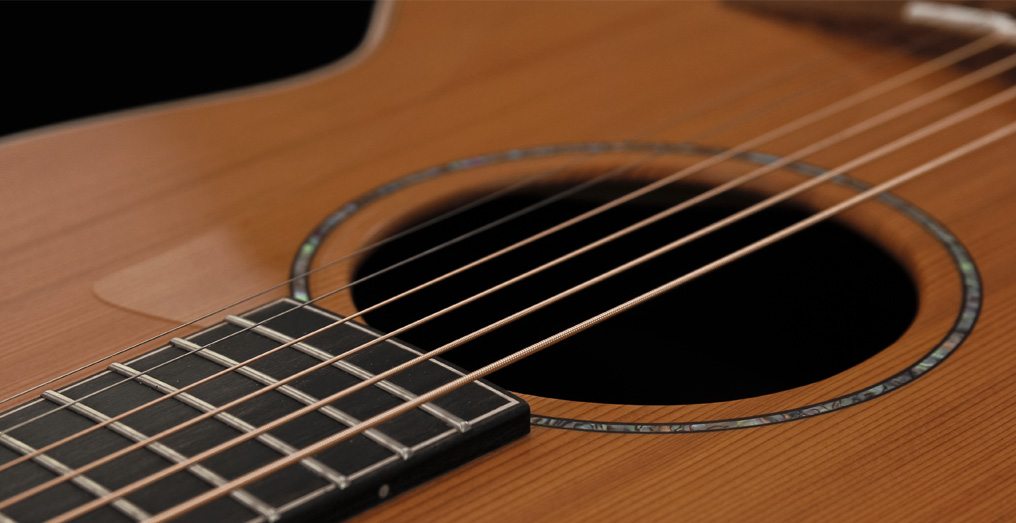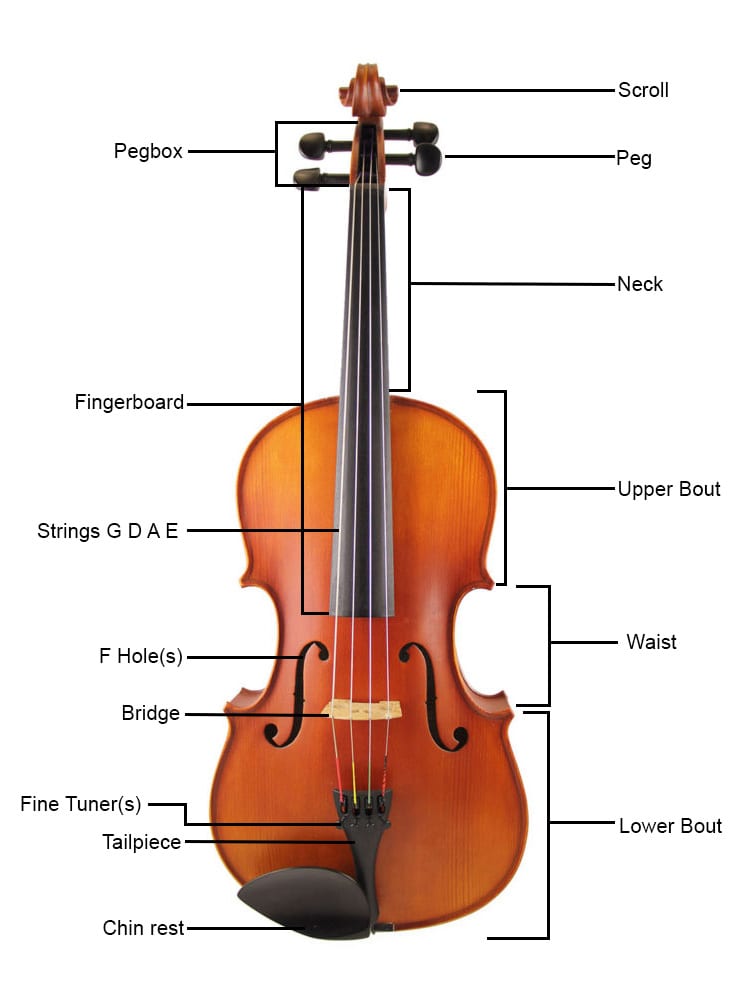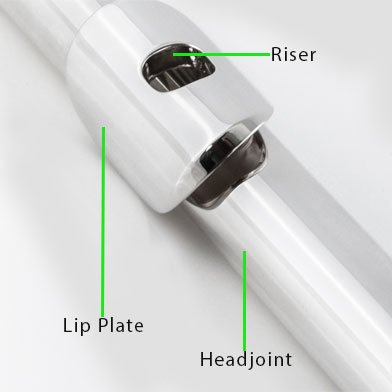Acrylic Resin Keys
Acrylic resin is the material used for the key surfaces on many of the Yamaha acoustic and grand pianos. More expensive pianos tend to have Ivorite® keys, rather than acrylic resin.
Action
Every key on an acoustic piano is hammer-based: when the key is pressed, a hammer is released which hits the strings, making them vibrate. The ‘action’ refers to how the hammer responds; the weight throws back differently depending on whether you hit the key hard or soft. A piano's action is practically the same as it was 150 years ago, and the mechanism still uses the same materials of felt, doe skin, wood and felt.
Acoustic Piano
A term for a traditional (upright or grand) piano. The strings vibrate in response to hammers hitting them, attached to the keys.
Advanced Hammer Design
Yamaha pianos with Advanced Hammer Design have thicker, layered hammers, which retain their tone quality better, and are known to produce a cleaner, richer tonality and superior response.
Baby Grand
Baby grand pianos (the GB1, or GB1K for example) are grand pianos shorter than 6 feet (182cm). These pianos tend to be purchased by people looking for a piano with a grand-piano action, but are limited on space, favoured in homes for their size and beauty. These pianos are not normally used in academic institutions, but are often found in hotel lobbies or restaurants.
Bracing
Wooden posts supporting the interior structure of the piano.
Bridges
As with instruments in the string family (e.g. violin, cello or guitar), the bridge is a piece of wood which allows vibrations to transfer from the strings to the main resonant body of the instrument.
Bridge Pins
 Bridge pins
Bridge pinsUsed to keep the position of the string precisely in the horizontal plane. The setting of the pins are crucial in an acoustic piano for a good sound.
Cross-strung
See over-strung.
Damper Pedal
Usually on the right, this pedal sustains the strings, allowing them to vibrate.
Duplex Scaling
Portions of the strings beyond the vibrating part are left free, and are tuned to correspond with the harmonics, so they can vibrate sympathetically, creating a more rounded tone.
Fallboard
The hinged cover protecting the keyboard of a piano. Some more expensive piano models have soft-closing fallboards, for extra safety.
Floating Support System
Found on grand pianos, this system is sometimes featured on Yamaha uprights. It allows the soundboard to vibrate more freely, improving the depth of tone.
Frame (Cast Iron)
The frame, usually made of cast iron, serves as the primary base to hold the tension of the strings.
Grand Piano
An acoustic piano longer than six feet, grand pianos have a horizontal frame and strings, and a large lid to help project the sound.
Hammers
 Hammers
HammersCovered in felt, the hammers hit the strings, causing them to vibrate and create a sound.
Harmonics
The vibrations of the string that produce sound. You can usually only hear the fundamental harmonic, however, the string actually produces other notes at the same time by vibrating several sections of the string, often referred to as harmonics, or artificial harmonics.
Ivorite® Keys
A synthetic material that imitates the properties of ivory. As a porous material, it secures your fingers onto the keys better than plastic, and feels nicer to touch.
Keybed
The foundation on which the key frame and piano keys rest.
Keyblock
The block of wood found at each end of the keyboard.
Keys
Made of wood and covered in plastic, ivory or Ivorite®, the keys on a piano are pressed by the players’ fingers. This releases the hammer which strikes the strings to produce the sound.
Music Rack
Supports the sheet music on a piano.
Over-Strung
 Strings on an over-strung piano
Strings on an over-strung pianoAlso known as ‘cross-strung’. The strings inside the case are placed in a slanted, overlapping arrangement, to permit longer strings, so they can resonate more.
Over-strung pianos were introduced with smaller houses in mind: they avoid losing the volume and tone of a larger, straight-strung piano, but take up much less space. It was made possible with the introduction of the cast-iron frame which could withstand the greater tension required (in the same way that a 12-string guitar has to be stronger than a 6-string guitar).
PianoSmart™
Featured on more advanced Disklavier keyboards, this feature automatically synchronizes the playback of commercial audio CDs with the MIDI files containing the piano part. This can either be downloaded from Yamaha, or recorded by the player at home.
Regulation
Like with all mechanical instruments, various parts of the piano need adjustment periodically: each key on a piano has over 25 points of adjustment for each note. Regulation compensates for wear and fatigue of the hammers, and warping of the wooden parts.
Ribs
Found on the underside of the soundboard, wooden ribs stiffen the soundboard in the cross-grain direction.
SilentPiano™
At an additional cost, the SilentPiano™ system can be added to all Yamaha acoustic pianos; grand and upright, in both ‘simple’ and ‘SG’ systems. When the silent mode is activated, the hammers are drawn back slightly so as not to hit the strings; instead, the movement of the keys are picked up by optical sensors. The sound can then be heard through headphones, or plugged into speakers for extra amplification.
SmartKey™
This feature shows you which notes to play by partially depressing the next key in the melody. The recording waits for you, allowing you to play along at a comfortable speed.
SoftClose™ Mechanism
Yamaha developed a soft closing dampening mechanism to prevent the fallboard from dropping abruptly onto the keyboard (or your fingers!).
Sostenuto Pedal
The middle of three pedals on a grand piano, the sostenuto sustains only the notes that are depressed at the same time, allowing notes to be played afterwards without being affected like an ordinary sustain pedal.
Soundboard
 A piano soundboard
A piano soundboardThe large wooden board within the piano which transmits the vibrations of the strings to the air.
Made of solid spruce, the soundboard is akin to the classical guitar, with those made with a solid top producing a better sound than those with a laminated top
Spruce
The soundboard and ribs in all the acoustic pianos we sell are made of solid spruce (wood from coniferous evergreen trees). They are chosen due to their strength and durability, which encourages a strong tone and sustain, as well as helps amplify the sound.
Strings
The strings inside the body of the piano, struck by hammers, vibrate to produce the sound. Tempered high-carbon steel (also known as spring steel) is used for the strings in a piano, in order to keep their strength even after years of playing.
Sustain pedal
 Grand piano pedals (left-to-right):
Grand piano pedals (left-to-right):Una Corda, Sostenuto, Sustain
The sustain pedal on a piano (generally found on the right hand side) prevents the felt dampers from returning after they are hit, so the strings can vibrate freely, and continue sounding.
Una Corda Pedal
Also known as the soft pedal (generally found on the left hand side), the una corda pedal modifies the timbre and color of the tone (not just the volume) by either moving the whole hammer system to the side, so only 2 of 3 strings are struck (grand), or felt material drops in front of the hammers to mute the impact (upright).
Upright Piano
More compact than a grand piano, an upright is the piano more commonly found in the home. Its frame and strings are arranged vertically, with the hammers moving horizontally.
Voicing
A way of obtaining a particular quality of tone in a piano.
Wood Composite Keys
Piano keys made of composite wood are a mixture of woods, as opposed to solid wood. Wood composite keys have a more authentic weight and feel than plastic keys, but avoid the expense of solid wood (which wouldn't be seen anyway, as the keys are covered).






